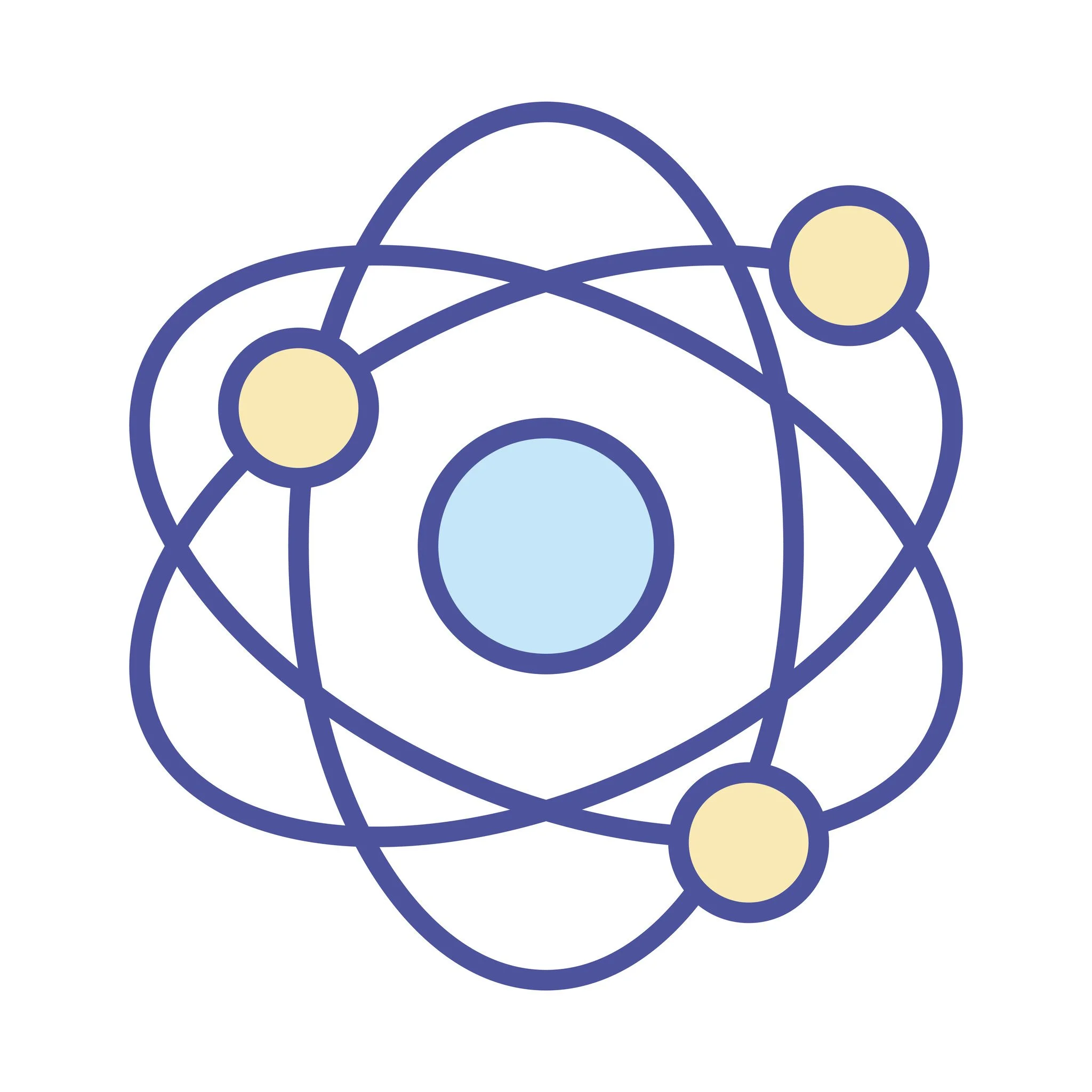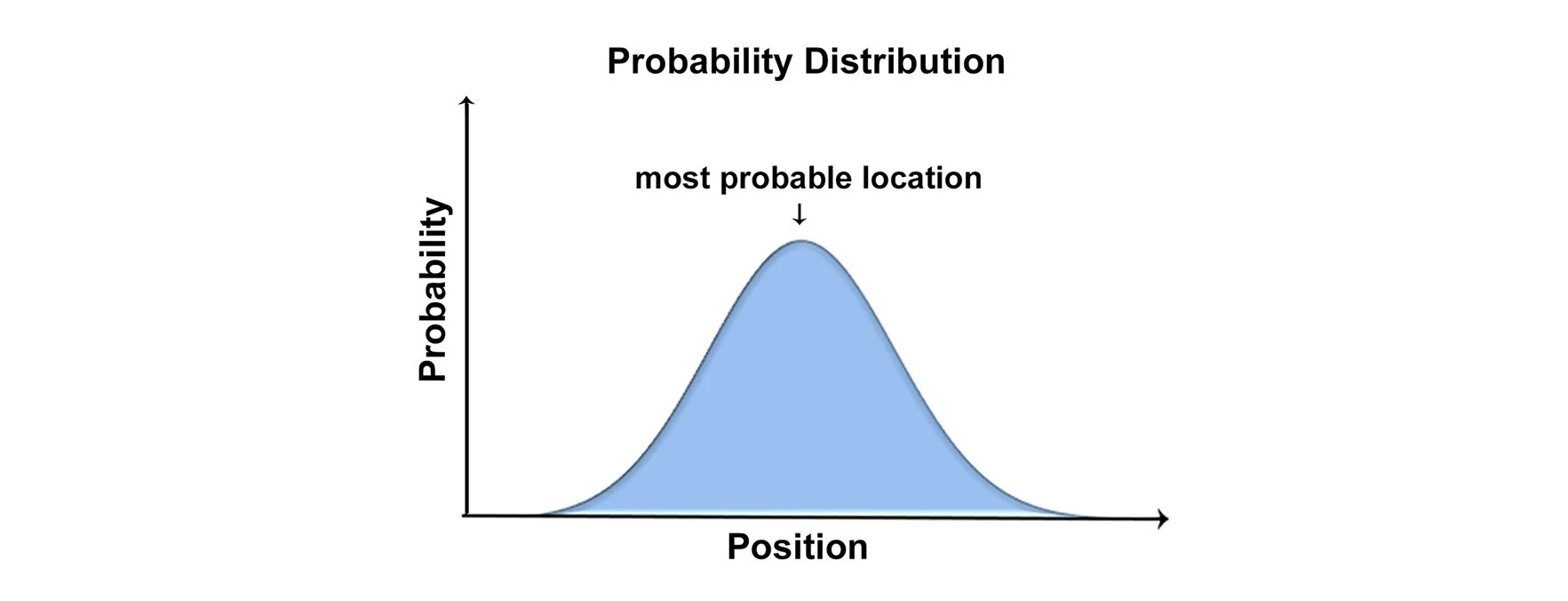What is Quantum Computing?
Quantum Basics
Quantum computing is largely based on the basic principles and ideas of quantum physics taking advantage of these three main principles: superposition, entanglement and decoherence (Amazon AWS, 2024). One key thing to get out of the way is that quantum physics is not a complete overhaul of classical physics, in other words it isn’t a replacement for classical physics, it is simply looking a little bit further beyond what you would see in Newtonian physics, looking at what waves and particles are.
Superposition
In classical physics, superposition is when two or more waves interfere[1] with each other, creating a wave of completely different amplitude. The main two types of superposition are constructive and destructive interference, where constructive interference is when two waves that are on the same side of the rest position interfere or superimpose on each other creating a bigger wave, and destructive interference being when the two waves are on opposite sides and they cancel one another out. In quantum mechanics, superposition is the property of a wave that allows it to exist in multiple states at the same time, only taking on an actual shape when we observe it (Schneider & Smalley, 2024).
The Double Slit Experiment
A quirk of quantum mechanics that tends to trouble a lot of people is the fact that a particle can be in multiple states at once, think of it as one ball being in multiple places at the same time. One famous experiment that proves this is the double slit experiment (Marianne, 2020), which is set up as follows: you place two screens facing each other and cut two slits in one of them. If you shoot particles randomly through the slits and mark the spot on the other wall where the particles hit, you will see the marks make two distinct lines on the wall, however if you were to try the same with waves (such as light) you instead will see what’s called an interference pattern. This consists of a bright central fringe, followed by a dark fringe on either side, followed by some more bright fringes of lower intensity than the first and the pattern continues like this. The part that’s hard to wrap your head around is the fact that if you pass any sufficiently small particle (such as an electron) through the slits you will see the interference pattern and not the one made by particles, implying that the electrons are diffracting[1] and interfering with each other. To interfere with one another, the particles would have to be in multiple places at the same time, as that’s the nature of a wave.
[1]The property of a wave that allows it to spread out after passing through a small gap
You can see in the diagram above that the black lines show constructive interference, creating the maximums that become bright fringes on the second screen and the lighter lines are showing the destructive interference, cancelling each other out and creating fringes where no light reaches.
Another part of this experiment that people struggle to get their heads around is that when you look at the electrons going through the slits, the result on the other screen changes to the two lines you expect from particles. This is because if you think about the graphed-out wave of a particle, where there is a probability of the particle being at any one position, when you observe it, the function collapses onto one point and the particle is forced to pick a position, effectively making it act like a ball.
Entanglement
When two particles are entangled, that means that if you know a property of one, you will know a property of the other without measuring that one. One example of this is electron spin (Kodwani, 2024) (for the purpose of simplicity imagining an electron spinning either up or down will work fine for this). Let’s say that there are two entangled electrons, and you measure the spin of one of them; if the spin of the one you measured is up, then you know for a fact that the spin of the other must be down. Another feature of entanglement is the fact that this information travels instantaneously, or in other words, faster than the speed of light. When Einstein discovered this, he felt a little bit uneasy since that implied there was a possibility of faster than light communication, however, there is no way to manually change the properties of the particles without losing entanglement (the loss of the entangled state is called decoherence).
From Theory To Machine
In classical computing, computers are made of bits, which can either be a 1 or a 0, while quantum computers use qubits which can be a 1 and a 0 at the same time. This is done by utilizing the superposition quality of particles to have a qubit explore multiple paths at the same time, meaning it’s a lot faster than a classical computer, having exponentially more computing power. A good way of visualizing the difference is if you have a maze, and you get a computer and a quantum computer to find the end of the maze. The classical computer would be like testing each individual path to find the exit, while the quantum computer would be like testing multiple paths simultaneously.



